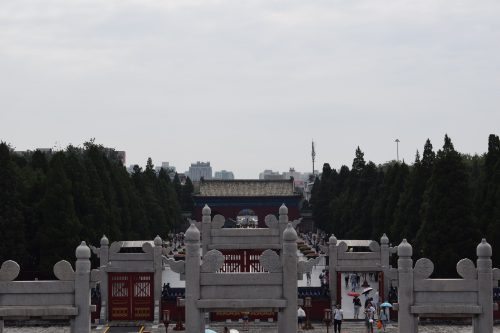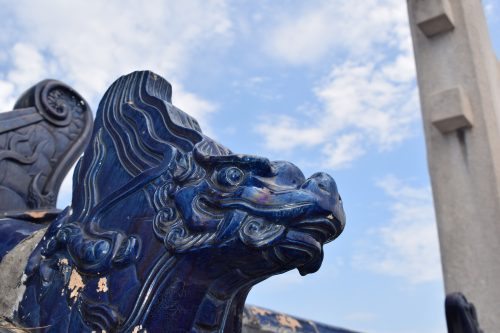Today was packed full of exploring the city and attempting to find the remnants of the Jesuits who came here centuries ago. Beijing is such a dense and busy city that finding anything is a challenge, especially when those places are the lesser visited tourist attractions.
We got soaked through looking for the Jesuit church when a monsoon-like rain storm happened and so were twice as excited to find the Church of Immaculate Conception pictured here:
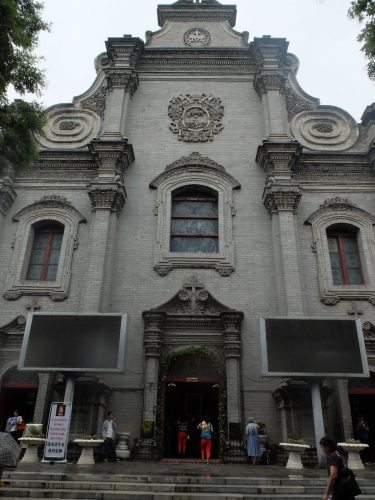
The Church has Mass in Chinese but also in a variety of other languages for expats wishing to worship as well. Because of this, the Church is open for business most of the day with the Chinese Mass earlier followed by services in foreign languages.
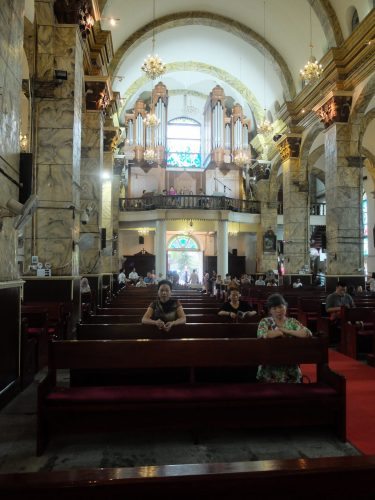
The Chinese Millennium Monument was next on our list and thankfully the rain had stopped at this point! The Monument is an art gallery and museum containing a circular sculpture around the walls of a round room that depicts important figures from the last 5000 years of Chinese history.
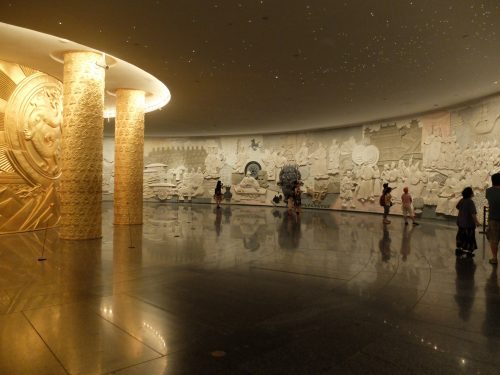
Only two westerners are included in the vast fresco, one of our Jesuits was there, Matteo Ricci, along with Marco Polo who was written about by Kircher.
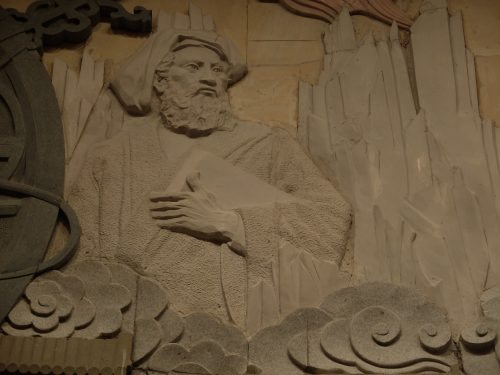
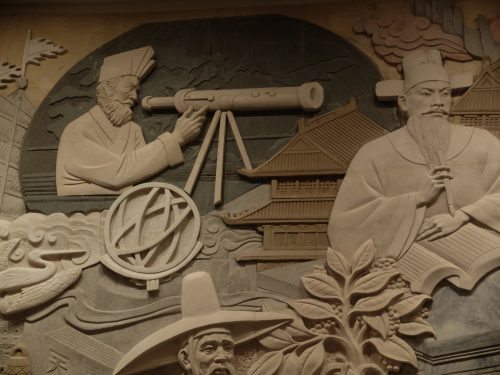
The old observatory was built to learn about the stars and planets in 1442. Our Jesuits arrived here in the 1600s and brought with them many of the instruments that can still be found there today!
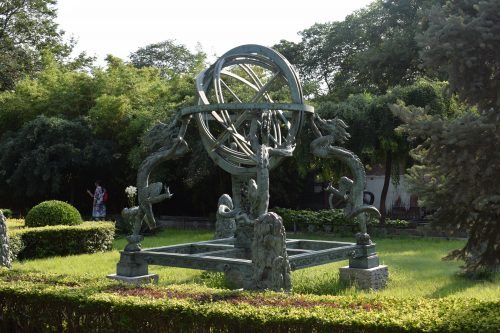
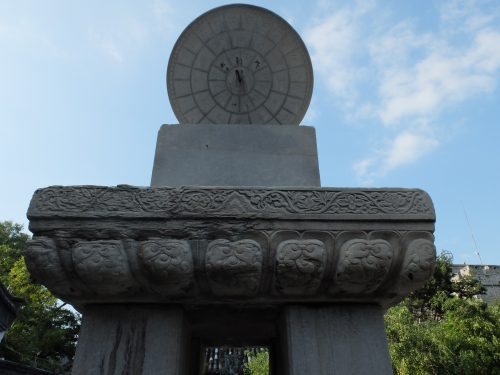
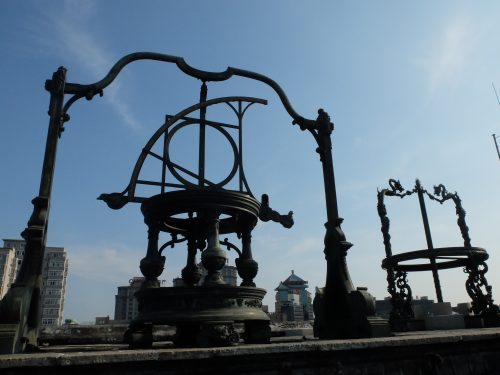

Today we found a small piece of heaven in the Temple of Heaven.
